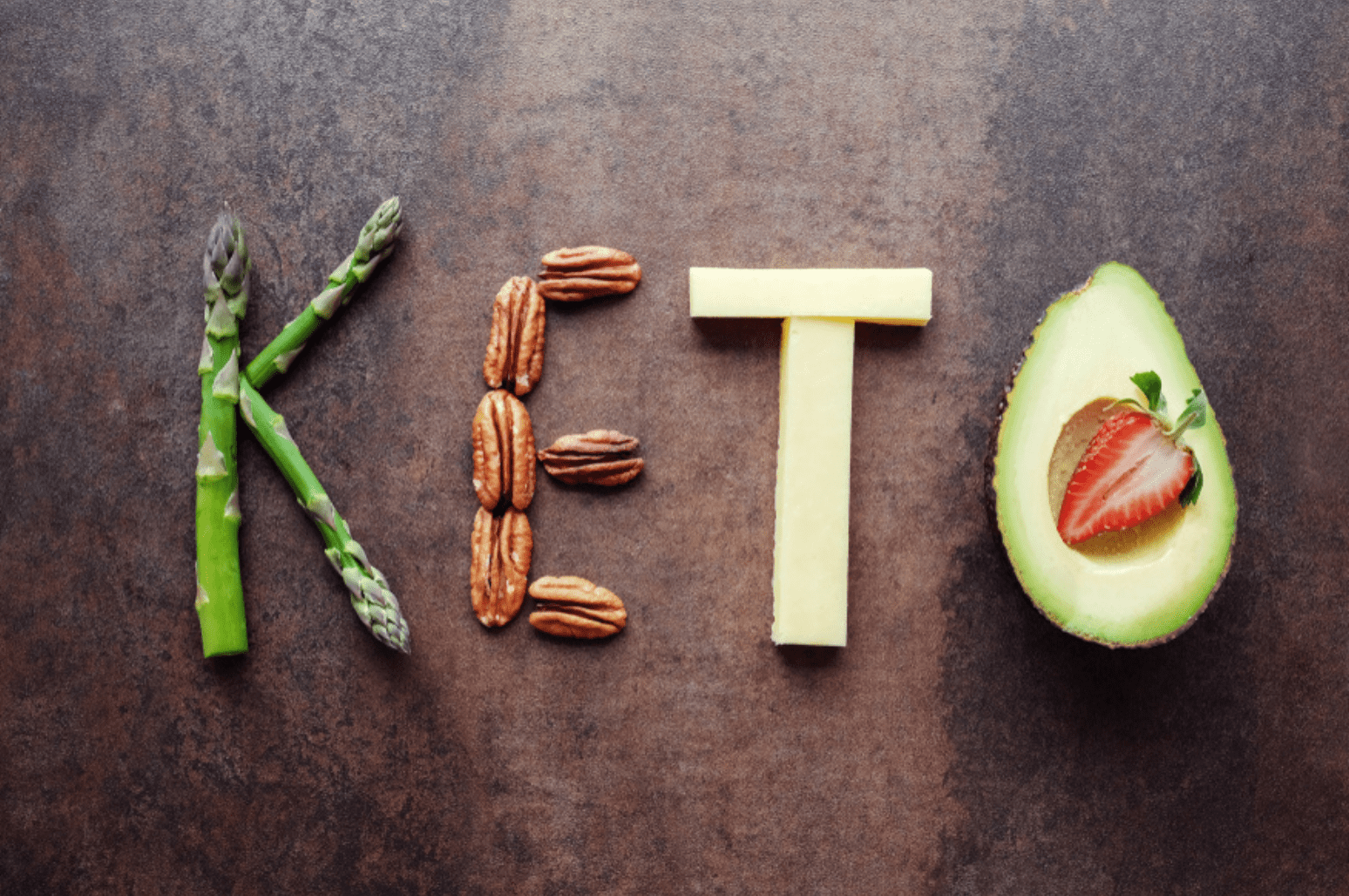
Despite marketing attempts, fat does not melt your body. It does not shrivel up or detox or any of those things. You might assume that you excrete fat out (through urine or feces) but that assumption is also incorrect. So, where does fat go when you lose weight? The answer is a breath of fresh air!
How Do You Lose Body Fat?
When you eat more than your body needs, you have a surplus of energy (calories = energy and calories come from macronutrients). Those macronutrients are converted into triglycerides and stored in adipose tissue. Fats, carbs, and protein can all be converted into triglycerides. Yes, even excess protein can be converted into adipose; however, it first must be converted into fat.
When you consume in a deficit (eating fewer calories than your body needs), your body needs to find a way to supplement the decreased amount of energy. Your cells still need energy to carry out tasks, therefore the body must find energy elsewhere. The whole purpose of adipose tissue is to store fat for later use. This has been useful historically in times of famine and war, but is less necessary today (hence the obesity epidemic).
Fat stores are broken down and used for energy. They do not just simply vanish away, however. Metabolites (byproducts of the fat breakdown into energy) are produced that must be excreted.
Where Does Fat Go When You Lose Weight?
Fat doesn’t just dissolve into thin air, but at the same time, it kind of does. Fat is converted into water and carbon dioxide. Carbon dioxide is breathed out through the lungs. Some byproducts may also be found in water which is either sweated or urinated out. [1]
Is Fat Converted Into Muscle?
There is a common misconception that fat is converted into muscle and that it is easier to build muscle when obese because of this; however, that is false. Fat is not converted into muscle during the weight loss process. Muscle is built when hypertrophy (an increase in the size of muscle fibers due to stimulation) occurs. [2]
Did You Know Where Fat Actually Does Go When You Lose Weight?
Comment below and share if you knew that fat is excreted as water and carbon dioxide or if you learned something new!
References
Meerman R, Brown AJ. When somebody loses weight, where does the fat go? BMJ. 2014 Dec 16;349:g7257. doi: 10.1136/bmj.g7257. Erratum in: BMJ. 2014;349:g7782. PMID: 25516540.
Schoenfeld BJ. The mechanisms of muscle hypertrophy and their application to resistance training. J Strength Cond Res. 2010 Oct;24(10):2857-72. doi: 10.1519/JSC.0b013e3181e840f3. PMID: 20847704.








